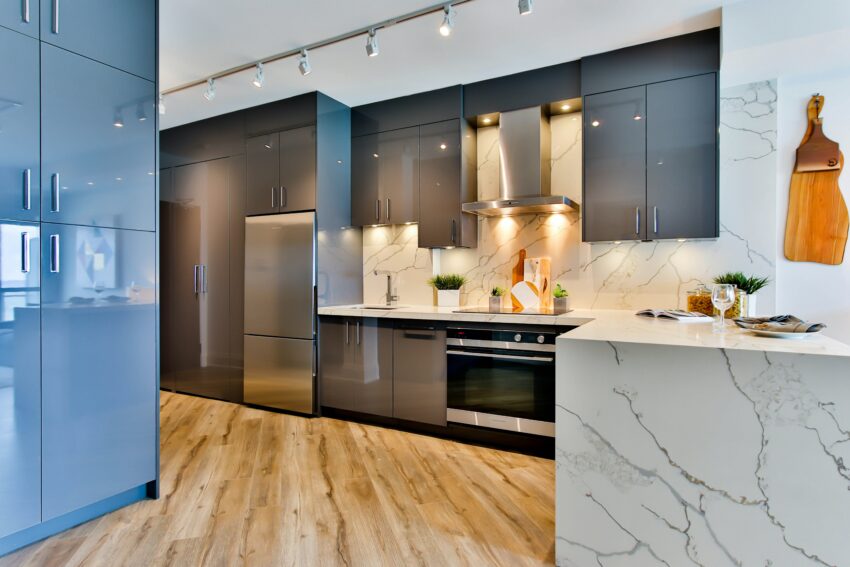
A luxury kitchen should look exceptional. Yet it must also support daily life with comfort and ease. That perfect mix helps your home feel complete. When you explore how a luxury kitchen balances function with beauty, you learn it is not only about fancy finishes. It is about spaces that help you cook, entertain, and enjoy every moment. Learn all about thoughtful design, smart storage, and stylish choices that work together.
The Art of Building a Luxury Kitchen
Balancing beauty and practicality takes planning. You want your kitchen to feel like a dream space. Yet it must handle real cooking habits. Think about how you move through the room. Place the stove, fridge, and sink in a layout that saves steps. This flow helps you prepare meals with less effort. Also, pick appliances that match the room. Sleek designs can hide power behind style. You want a space that can handle busy mornings and also shine during weekend parties. Matching colors, finishes, and shapes creates harmony and comfort. When your kitchen looks and feels right, cooking becomes a joy.
Style Meets Purpose in Every Choice
In a luxury kitchen, every detail matters. Design choices must combine practicality and style, add beauty, and make life easier. You want counters that feel good to use and also look clean and modern. Pick durable materials, like quartz or marble, that stay strong over time. Soft colors help the room feel peaceful. Stainless or matte-black fixtures bring a touch of class while staying simple to clean. You can mix comfort and style in many ways. Taller cabinets give more storage and make the room look bigger. Wide drawers help you reach items fast. When looks and purpose work together, you get a space that welcomes guests and supports family life.
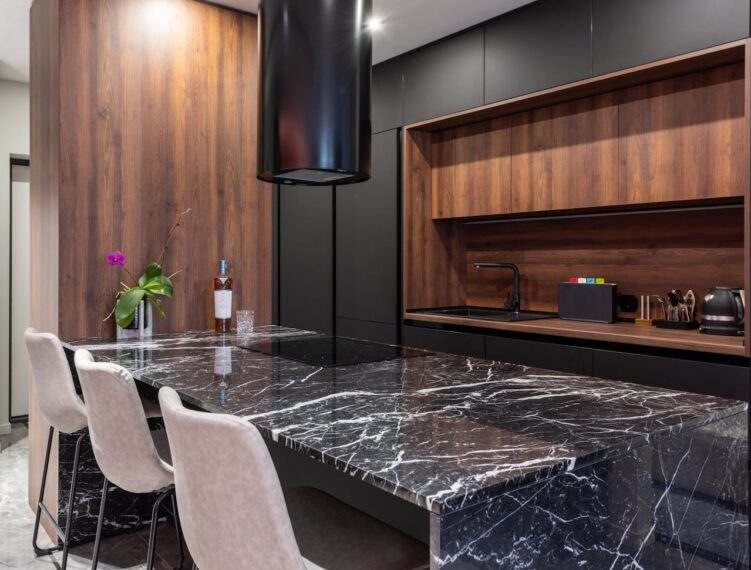
Luxury kitchens balance function with beauty, with durable materials.
Smart Storage That Fits Your Lifestyle
Storage shapes how your kitchen works each day. It also influences style. Brands and interior designers often say that storage is an integral part of the process when building a luxury kitchen. There are many ways storage helps interior designers. It helps organize tools and food so everything stays clean and calm. Pull-out shelves help you reach pans fast. Built-in spice racks keep flavors close while cooking. Hidden bins make recycling simple. Tall pantry cabinets store groceries without clutter. These solutions make life easier while keeping surfaces clear and looking unused. A tidy room always looks more high-end. Good storage supports both daily use and stylish design. It gives you the freedom to keep your kitchen looking fresh without constant cleanup.
Materials That Bring Comfort and Quality
High-end materials and textures can make your kitchen shine with style and also work well. Along with marble countertops, which resist stains and scratches during cooking, there are others. Hardwood floors bring natural warmth and can last for decades. Stainless steel keeps bacteria away more easily than many other surfaces. Ceramic tiles protect walls from heat and splashes. These choices help your kitchen stay strong while looking beautiful. Buyers love these upgrades because they add value and charm. When you choose materials you love, you enjoy more comfort each day. It is a smart move for any homeowner who wants long-term pleasure from their space.
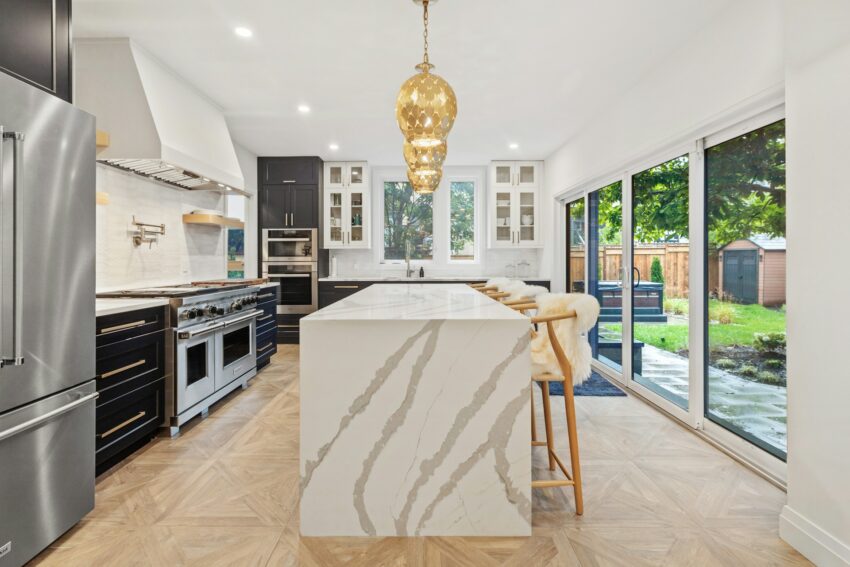
Along with marble, hardwood brings class and functionality to your kitchen.
Lighting That Makes the Space Glow
Light shapes how you see and enjoy your kitchen. Good lighting can lift your mood, show off design details, and transform your kitchen. Use layers of light for balance. Ceiling lights brighten the whole space. Under-cabinet lights make cooking safer by reducing shadows. Pendant lights above an island create a stylish focal point. Natural light brings energy and cuts the use of electricity. Lighting also helps food look better during meals. When your kitchen glows, the whole home feels more welcoming. People enjoy time together there. That mix of beauty and comfort is powerful for daily life.
Appliances With Style and Power
Luxury kitchens use appliances that blend into the room and work hard every day. Many high-end brands offer sleek ovens, smart fridges, and quiet dishwashers. These tools help you cook with speed and control. Smart features, such as temperature alerts or voice commands, make life easier. You might choose a fridge with hidden doors that match the cabinets. Or a stove that becomes the centerpiece without taking over the space. When appliances look stylish and help you cook better, your kitchen offers more joy. You get a strong mix of power and comfort that feels great to use.
Personal Touches That Reflect You
Your kitchen should show your taste. Simple décor can add charm without creating clutter. You can display bowls of fruit or fresh herbs for color. Artwork brings personality without taking space. Soft rugs add comfort while cooking. Even barstools can show style through clean lines or fun fabrics. Think about a feature wall or a unique tile design. Personal touches help your kitchen feel alive. They turn a nice space into your favorite room. And they give guests something to admire when they visit.
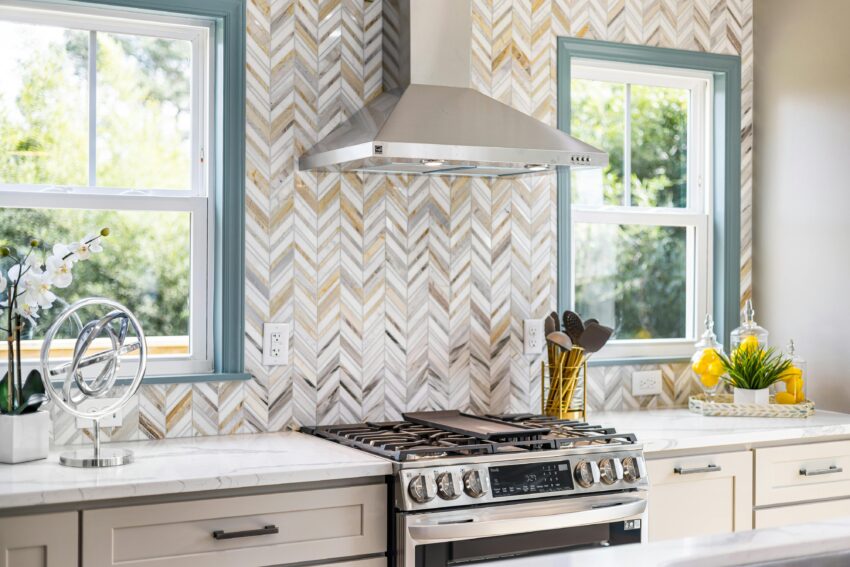
Play with lighting and fun touches such as bar stools.
A Kitchen Designed for Cooking and Hosting
A great luxury kitchen handles both quiet mornings and lively celebrations. You may want a large island with seating for guests. It can be a snack spot or a social hub during dinner. Open layouts connect cooking and conversation. Music, drinks, and food come together in one warm space. Many homeowners love this feature because it supports both family time and events. When a kitchen helps people come together, it becomes the heart of the home. This idea is a key part of how luxury kitchens balance function with beauty, especially in larger homes.
Conclusion: How Luxury Kitchens Balance Function With Beauty
Your kitchen can be stylish and practical without giving up either side. When you design with both form and purpose in mind, you build a space that supports life and looks impressive. Using the right layout, smart storage, and warm lighting helps your kitchen feel friendly and modern. Add quality materials and great appliances to make daily tasks feel easier. When you shape your kitchen with care, you enjoy every moment inside it. That is the true power of luxury kitchens: to balance function with beauty. With the right ideas, your home can shine and serve you well for years to come.
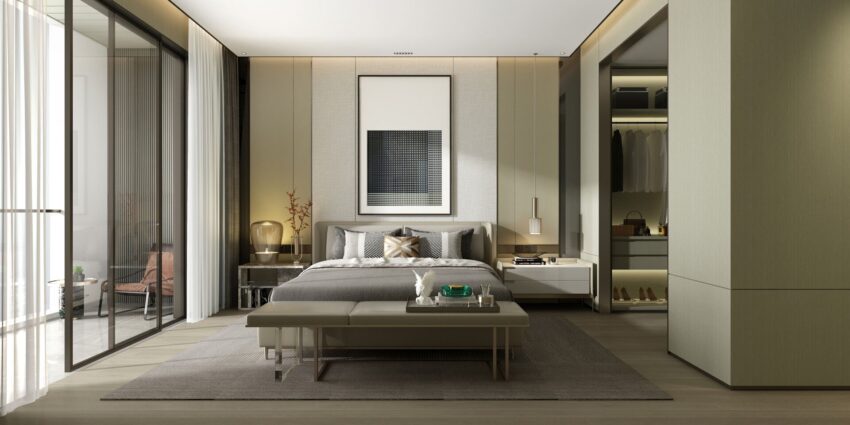







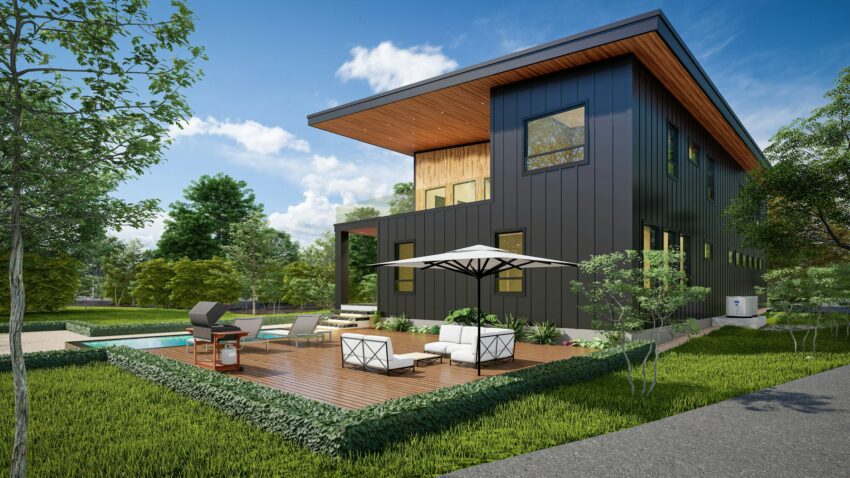

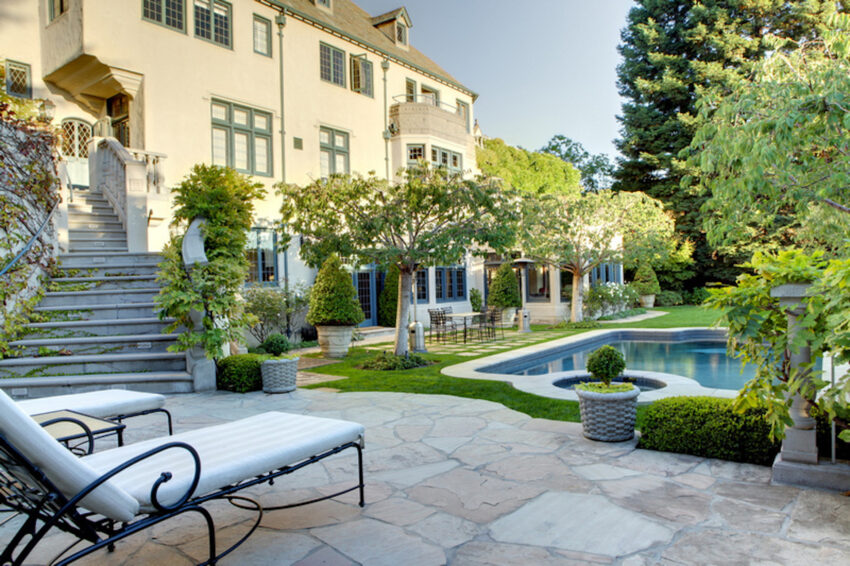
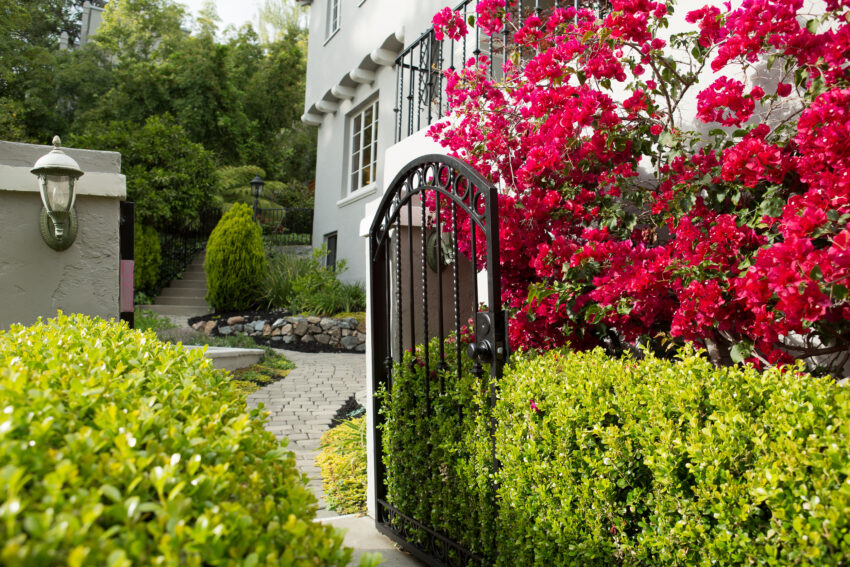
 Please wait...
Please wait...
